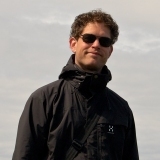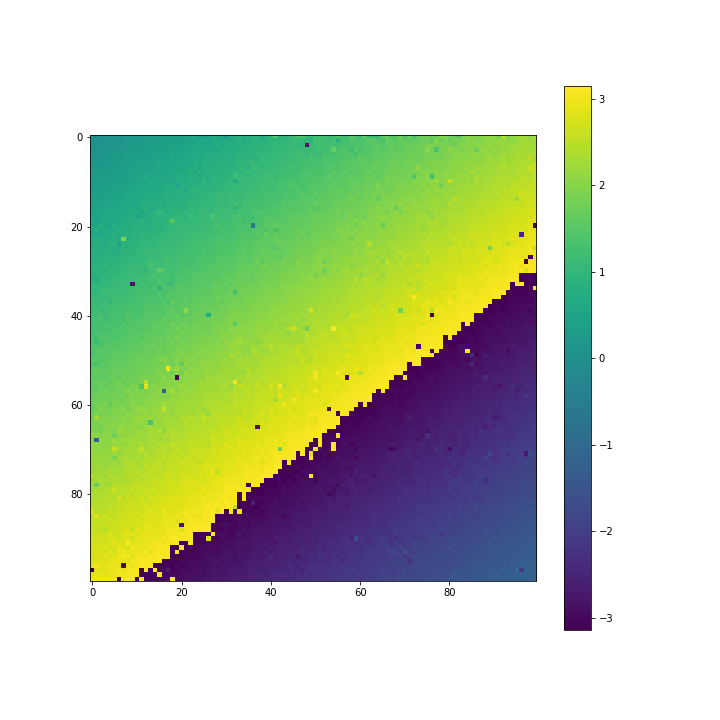INDI Library v2.0.7 is Released (01 Apr 2024)
Bi-monthly release with minor bug fixes and improvements
Image Autoguiding
Replied by pauledd on topic Image Autoguiding
the image autoguiding with the main camera. Then another person in the video asked for that 15 seconds because astroimaging would normaly use exposures 1 to 15 minutes and he said you could also use the guiding scope to do the image autoguiding and use the main camera for longer exposures. That was the point where I was wondering because at the beginning of his presentation he claimed the errors that are introduced by those other methods to guide (fov, differential flexure,jitter) and then he recommends one of those to have longer exposures on the main camera. Maybe I missunderstood something
pls excuse my bad english!
Please Log in or Create an account to join the conversation.
Replied by Paweł on topic Image Autoguiding
Please Log in or Create an account to join the conversation.
Replied by Paweł on topic Image Autoguiding
Jasem, would it be possible for you to implement just a skeletal generic guide module with gui and just empty functions for the xy_shift(ref_im, cur_im) implementation?
Please Log in or Create an account to join the conversation.
- Jasem Mutlaq
-

- Away
- Administrator
-

Replied by Jasem Mutlaq on topic Image Autoguiding
Please Log in or Create an account to join the conversation.
Replied by Paweł on topic Image Autoguiding
Please Log in or Create an account to join the conversation.
Replied by Paweł on topic Image Autoguiding
The inside with 100px margin is taken as reference and compared with a frame shifted by x=3px y=4px
Attached is a map of the phase shift in the low spatial frequency region. A nice flat ramp of the phase shift from the indicates the direction of the frame shift.
This is just a proof of concept calculation but it shows that it could be calculated very easily and is indeed very sensitive. For one pixel shift we still have very strong and clear gradient in the picture.
Please Log in or Create an account to join the conversation.
- Jasem Mutlaq
-

- Away
- Administrator
-

Replied by Jasem Mutlaq on topic Image Autoguiding
Please Log in or Create an account to join the conversation.
Replied by Paweł on topic Image Autoguiding
Please Log in or Create an account to join the conversation.
- Vincent Groenewold
-

- Offline
- Elite Member
-

- Posts: 365
- Thank you received: 32
Replied by Vincent Groenewold on topic Image Autoguiding
Please Log in or Create an account to join the conversation.
Replied by Andrew on topic Image Autoguiding
Please Log in or Create an account to join the conversation.
- Jasem Mutlaq
-

- Away
- Administrator
-

Replied by Jasem Mutlaq on topic Image Autoguiding
Please Log in or Create an account to join the conversation.
- Rob Lancaster
-

- Offline
- Supernova Explorer
-

- Posts: 2877
- Thank you received: 812
Replied by Rob Lancaster on topic Image Autoguiding
Please Log in or Create an account to join the conversation.

